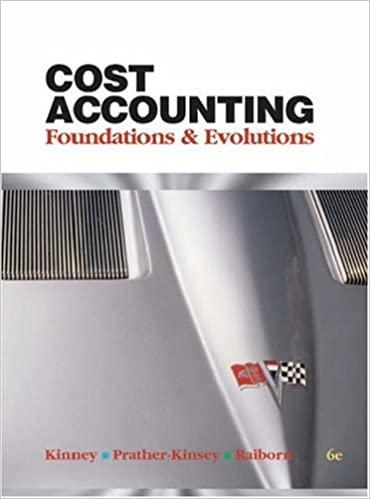

Question 1 & 2 Read the case of Powerful Limited below for Question 1 and 2 below: Powerful Limited The following are selected transactions and events of Powerful Limited during the year ended from 2017 to 2020. The financial year end of Powerful Limited is 31 December. (a) Powerful Limited purchased a property A (which was owner-occupied) at 1 January 2017 for $32 million. The expected useful life of the property was 20 years, with no residual value. Straight-line depreciation was used. At 31 December 2018, the property had a fair value of $27 million. At that date, the directors moved to the revaluation basis of accounting At 31 December 2019, the directors determined that there was no material difference between the carrying amount of the property and its fair value. Therefore, valuation adjustments were not needed. At 31 December 2020, the property had a fair value of $28 million. (b) On 1 July 2019, Powerful Limited had purchased another property B for $8 million. The property B was held by Powerful Limited to car rental income; the fair value was $9 million and $7.5 million on 31 December 2019 and 31 December 2020 respectively. Fair value model was chosen by Powerful Limited to measure all investment properties. (e) In order to raise capital for the purchase of new property and for other development purposes, on 1 April 2020, Powerful Limited issued four-years, $9,000,000 (face value). 7% bonds which provide an effective yield of 8%. The interest is paid semi-annually on 31 March and 30 September respectively. Powerful Limited uses the effective interest rate method to calculate interest expense and amortization. Question 1 (40 marks) Referring to the case information -part (a) and (b): Required: (30 marks) (a) Explain the accounting treatment of all transactions related to the property A (with the journal entries) from 1 January 2017 to 31 December 2020. (10 marks) (b) Explain the accounting treatment of all transactions related to the property B (with the journal entries) from 1 July 2019 to 31 December 2020 by referring to the proper classification of this property. Question 1 & 2 Read the case of Powerful Limited below for Question 1 and 2 below: Powerful Limited The following are selected transactions and events of Powerful Limited during the year ended from 2017 to 2020. The financial year end of Powerful Limited is 31 December. (a) Powerful Limited purchased a property A (which was owner-occupied) at 1 January 2017 for $32 million. The expected useful life of the property was 20 years, with no residual value. Straight-line depreciation was used. At 31 December 2018, the property had a fair value of $27 million. At that date, the directors moved to the revaluation basis of accounting At 31 December 2019, the directors determined that there was no material difference between the carrying amount of the property and its fair value. Therefore, valuation adjustments were not needed. At 31 December 2020, the property had a fair value of $28 million. (b) On 1 July 2019, Powerful Limited had purchased another property B for $8 million. The property B was held by Powerful Limited to car rental income; the fair value was $9 million and $7.5 million on 31 December 2019 and 31 December 2020 respectively. Fair value model was chosen by Powerful Limited to measure all investment properties. (e) In order to raise capital for the purchase of new property and for other development purposes, on 1 April 2020, Powerful Limited issued four-years, $9,000,000 (face value). 7% bonds which provide an effective yield of 8%. The interest is paid semi-annually on 31 March and 30 September respectively. Powerful Limited uses the effective interest rate method to calculate interest expense and amortization. Question 1 (40 marks) Referring to the case information -part (a) and (b): Required: (30 marks) (a) Explain the accounting treatment of all transactions related to the property A (with the journal entries) from 1 January 2017 to 31 December 2020. (10 marks) (b) Explain the accounting treatment of all transactions related to the property B (with the journal entries) from 1 July 2019 to 31 December 2020 by referring to the proper classification of this property








